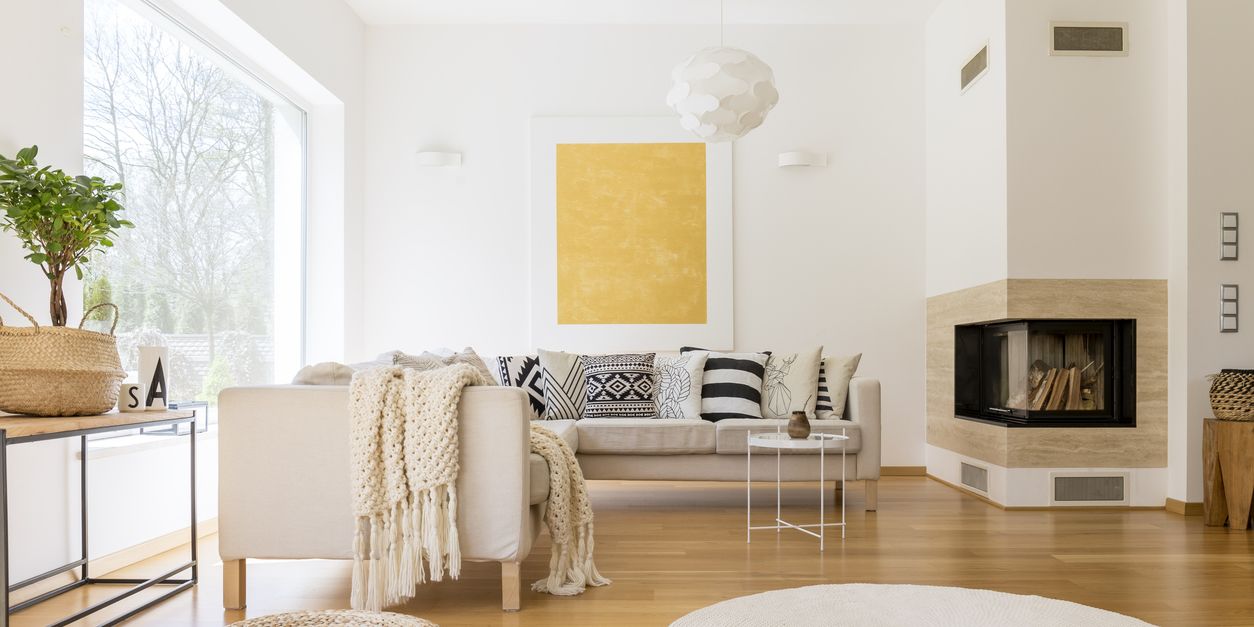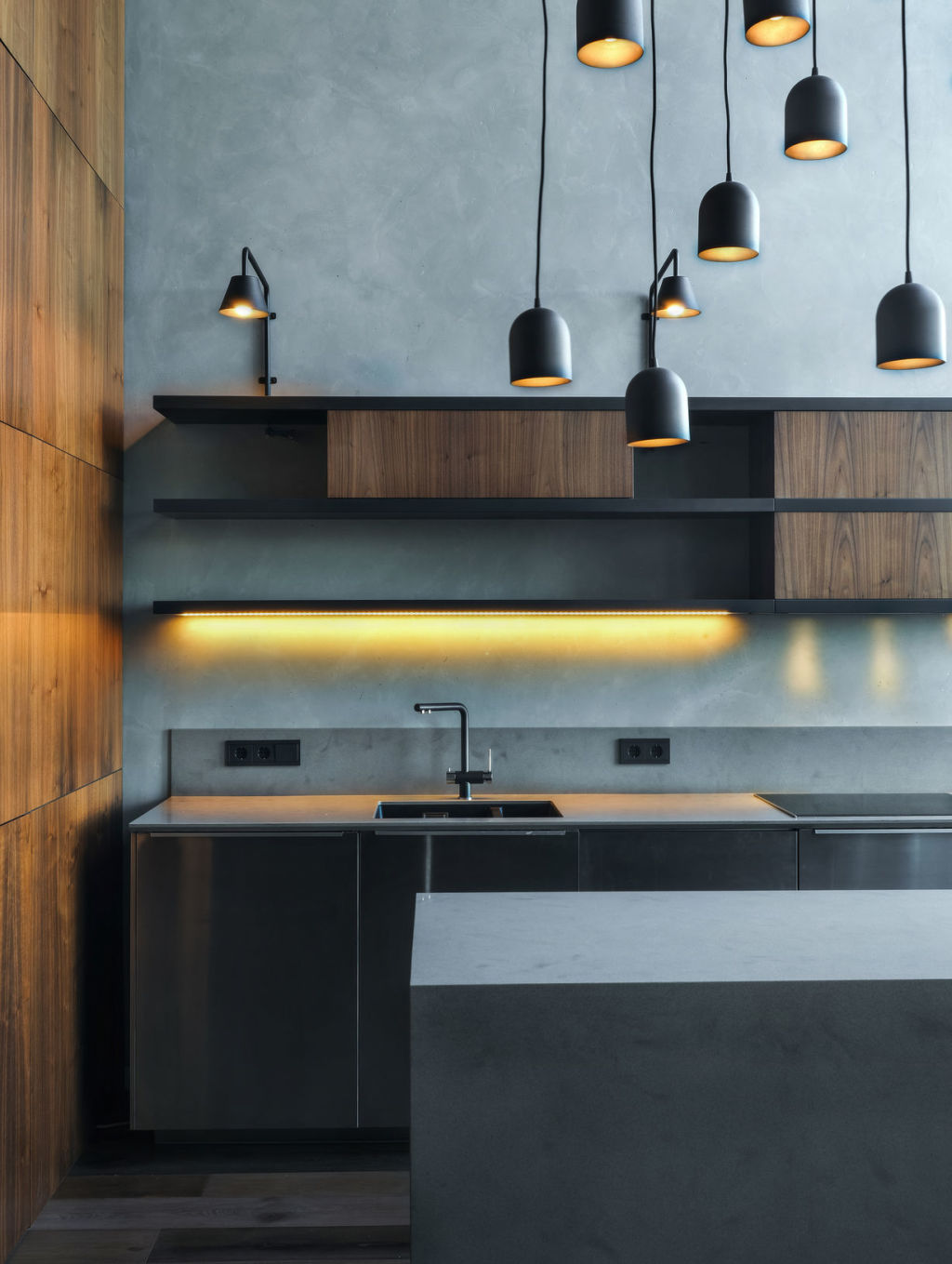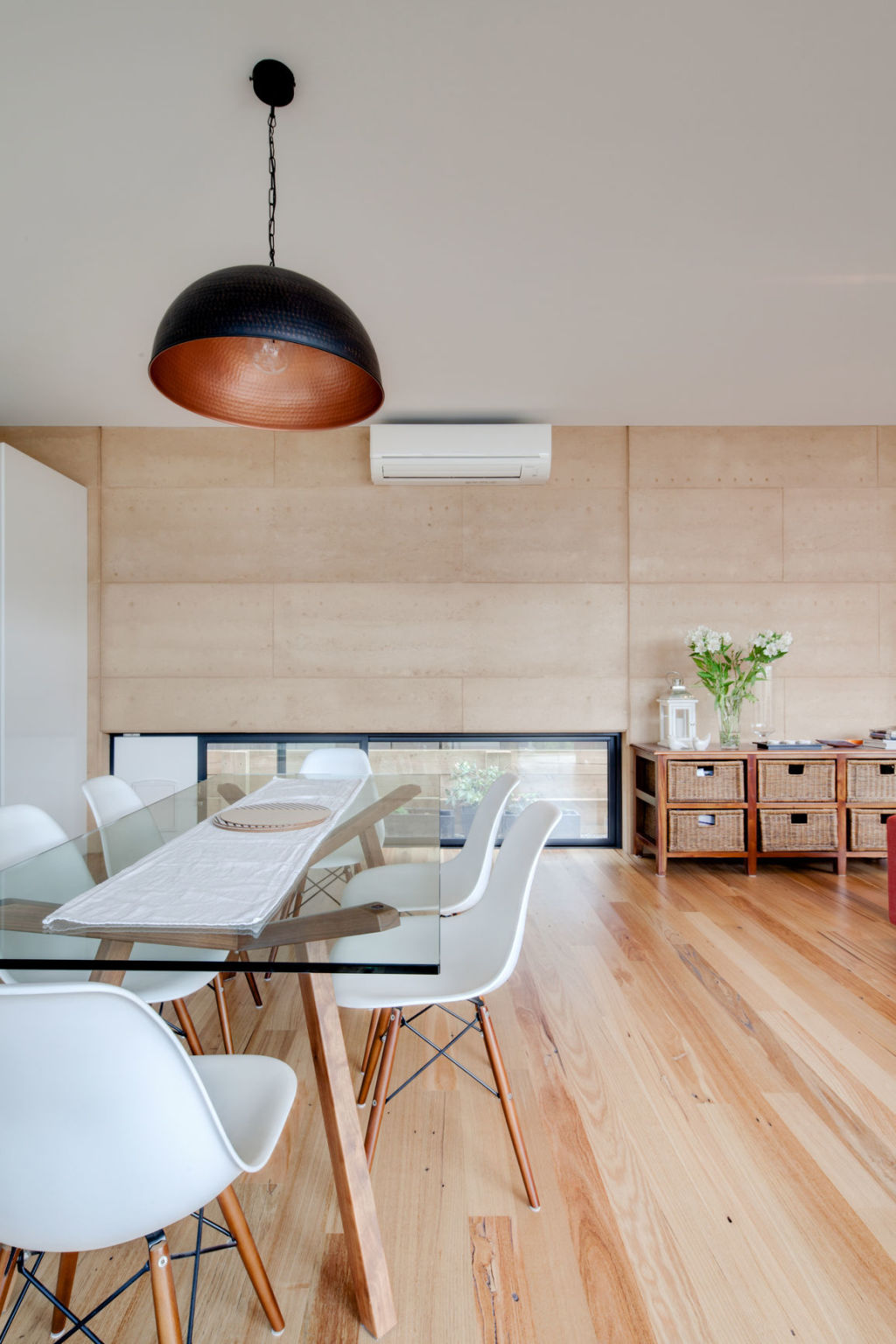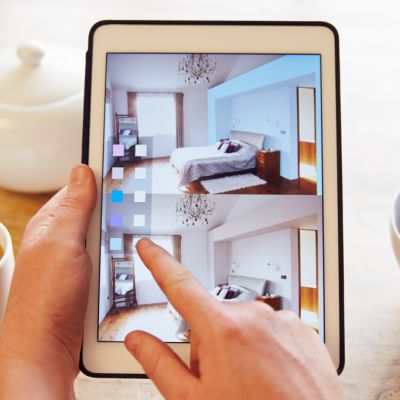Is air pollution a problem in your home? How to know for sure

Australians spend on average 90 per cent of their time indoors. In the extremes of summer and winter, windows and doors are shut, and curtains are drawn in a bid to create the ideal living environment.
We usually associate air pollution with the outside environment, but the reality is that air pollution can also create havoc for us indoors.
“Sick building syndrome” was a term coined in the 1980s in America, when it first dawned on people that their headaches, sore throats and lethargy could be due to poor air quality indoors. Chemist Dr Shannon Maisey from the University of NSW took air samples from 200 houses in Perth. She found the level of pollutants in houses quite low in Australia, but they do fluctuate over a year.
High humidity, especially during summer can lead to mould growth in the home. Humid air enters through open windows and creates moist environments in cupboards and small nooks and crannies. Fungal spores in the air thrive in these conditions and can cause lung irritations, so it is important to stop fungal growth before it takes hold.

To prevent fungal growth, dry the air by turning on the airconditioner when the climate is humid. Otherwise, ventilation and silica gel pouches can dry out the air, stopping fungal growth. Other pollutants can be chemical.
Smoking inside introduces a lot of particles and carbon monoxide to the air. These accumulate in soft furnishings and can slowly be released back into the room over the years. Carbon monoxide combines with haemoglobin in blood, stopping it from carrying oxygen to the cells of your body. Houses that have a smell of cigarette smoke need to be well ventilated by opening the windows regularly.
Every product we buy and bring into the house will release gasses known as Volatile Organic Compounds (VOC), some products more than others. When a couch or rug has that “new” smell, it is releasing a lot of VOC into the air. New houses will have more VOC than older houses, as the gas decreases over time, so it is important the house is well ventilated. Not all of the gases are harmful, but due to the fact there are so many released from adhesives, carpets, manufactured wood products and other building material, it isn’t possible to know all of the gasses that are breathed in.
“Not all smells are bad for you, it’s just if you have a build-up over time it isn’t great,” says Dr Maisey.

One dangerous VOC that was used more widely in the past but is still used today is formaldehyde-based glue. It can be found in furniture, particle boards and other building material. Formaldehyde can irritate the eyes and throat when breathed in. “It’s classed as a carcinogen, so it’s not good to be exposed to it,” says Dr Maisey. Some furniture retailers sell furniture that is formaldehyde free.
Cleaning products release gases into the atmosphere, so when cleaning a small room, such as the bathroom, it is important that it is well ventilated by opening windows and doors and turning on the fan.
Dr Maisey has found in her research that the lemon and orange essential oil smells in cleaning products are not harmful, but on high ozone days, ozone can enter the house and combine with a compound in these essential oils and form formaldehyde. “People think (essential oils) are safe, but we have shown that they can react with ozone to form a harmful product,” she says. On days when the air quality warning is high for ozone, which can occur in summer, it is best to close the windows and doors. Also, consider how much cleaner is sprayed around the house.
“Ventilation is so important,” says Dr Maisey, “we have reasonably good air quality, just don’t have your house closed for days on end.”
We recommend
States
Capital Cities
Capital Cities - Rentals
Popular Areas
Allhomes
More










